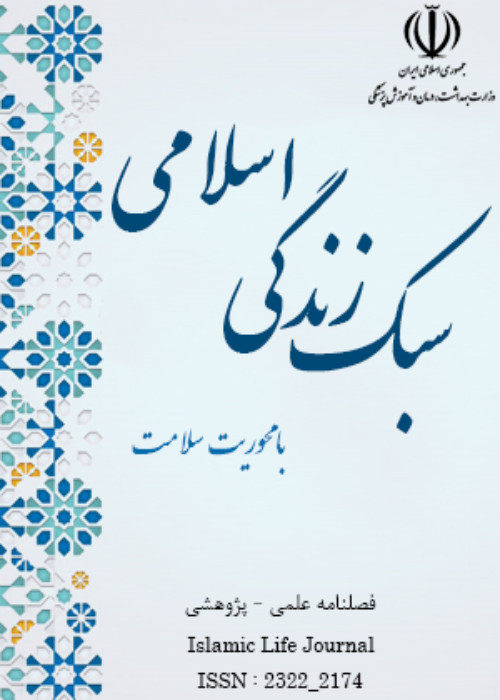Designing a Curriculum Model Based on Cultural-Islamic Education in the Secondary Education System of the Country
The purpose of this research was to design a curriculum model based on cultural-Islamic education in the secondary education system of the country. The current qualitative-quantitative (mixed) research was carried out from the foundation data type.
The statistical population in this research includes all the informants, specialists and planners in the field of curriculum planning in secondary schools of the country's educational system, who have the ability to express their opinions in the field of curriculum. In the quantitative part, the sampling method is a purposive sample. In qualitative research, to collect information from library studies, document reading, interviews, participatory and non-participatory observation, recording interviews from the field under study and secondary sources that include personal experiences, existing literature and their comparison were used. In order to identify the framework and characteristics of the main elements of the educational model of the youth, a semi-structured interview was used. In the quantitative part of this research, as in many similar descriptive studies, a questionnaire was used to collect case information. The validity of this questionnaire was determined as face validity from the point of view of 5 education experts and its reliability was calculated using Cronbach's alpha method of 79. In order to analyze the data in this research, quantitative and qualitative statistical methods have been used. In quantitative statistics, descriptive statistics methods such as frequency tables and percentages and column charts, mean and standard deviation and inferential statistics including exploratory factor analysis test using spss software version 21 were used and for all hypotheses the significance level was 0.05. was taken The findings showed.
The results of the obtained correlation coefficients showed that the number of 99 questions in the questionnaire can be placed under 10 factors. The conceptual model shows the relationships between the main categories of the curriculum model of Islamic cultural education.
Beta values for latent variables (dimensions of the main variables) show that all these dimensions were able to have a meaningful explanation of the main variables of the research. Therefore, the confirmatory factor analysis of the dimensions of the research variables in the main model is acceptable and approved.
- حق عضویت دریافتی صرف حمایت از نشریات عضو و نگهداری، تکمیل و توسعه مگیران میشود.
- پرداخت حق اشتراک و دانلود مقالات اجازه بازنشر آن در سایر رسانههای چاپی و دیجیتال را به کاربر نمیدهد.


